As a developing economy, India has numerous developmental aspirations. How India meets these goals without worsening the climate crisis is at the heart of CSTEP's work. Addressing climate change and enabling a secure and sustainable future for Indian citizens require an overhaul of previous paradigms on development and resource utilisation. This is reflected in our work on developing low-carbon trajectories for development with an emphasis on nature-based solutions.
We are working with state governments across India to build capacity on risk and vulnerability assessments to inform their respective action plans on climate change. The transition from fossil fuels to renewable energy is crucial to achieving a secure and sustainable future. CSTEP's studies explore the possibility of a greater integration of renewables in the energy sector.

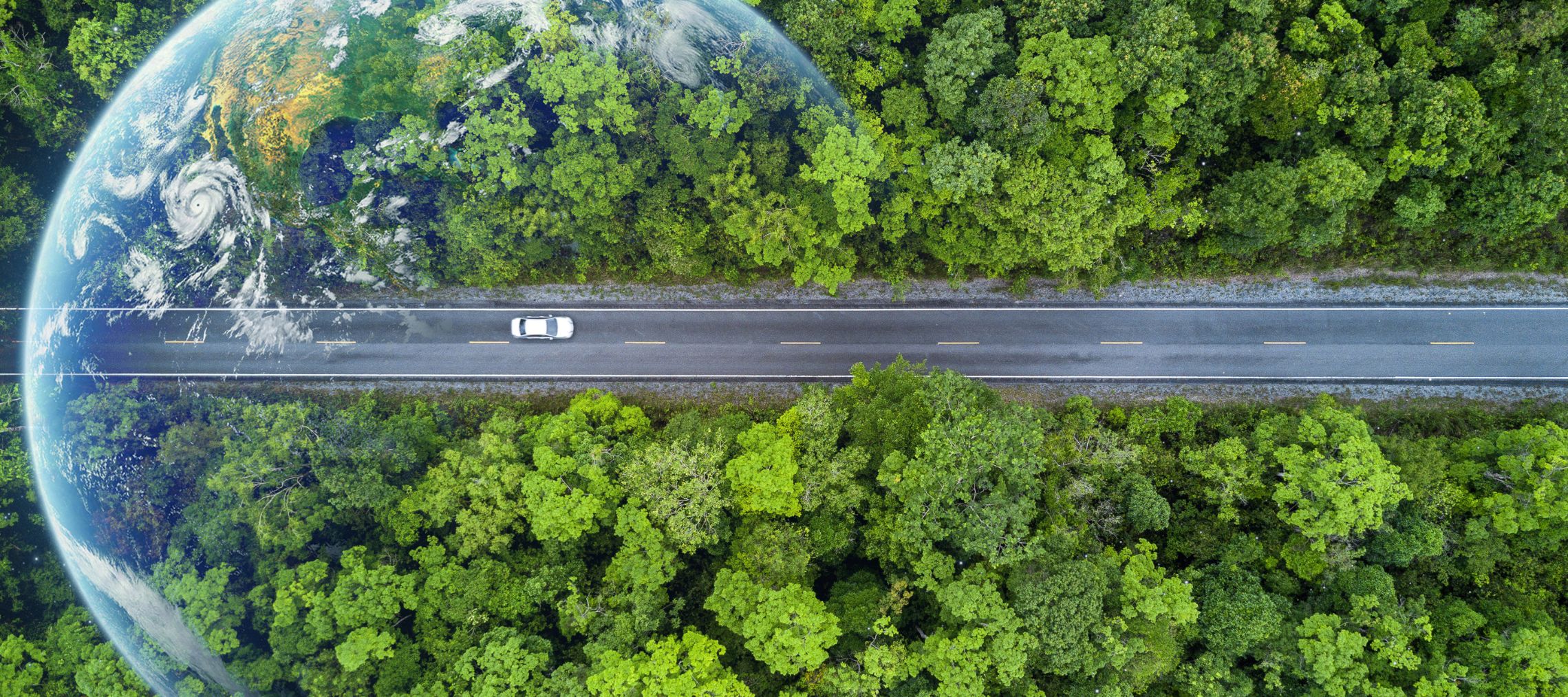
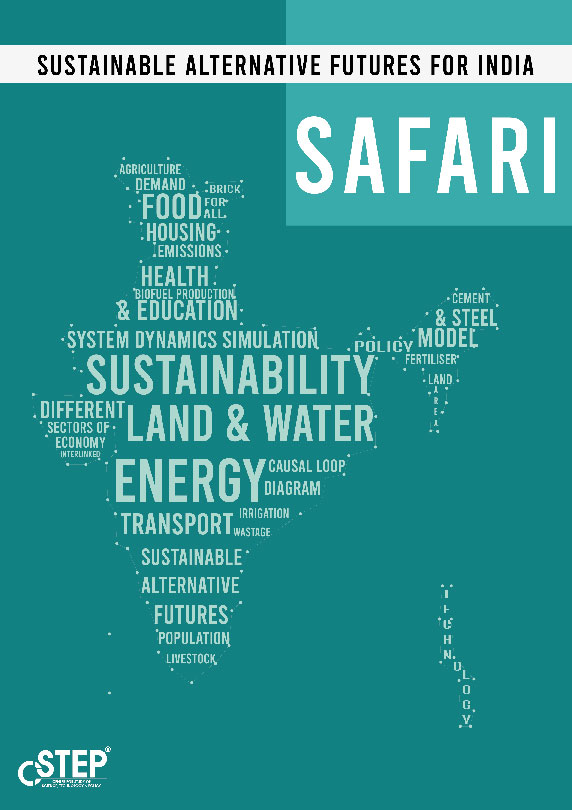

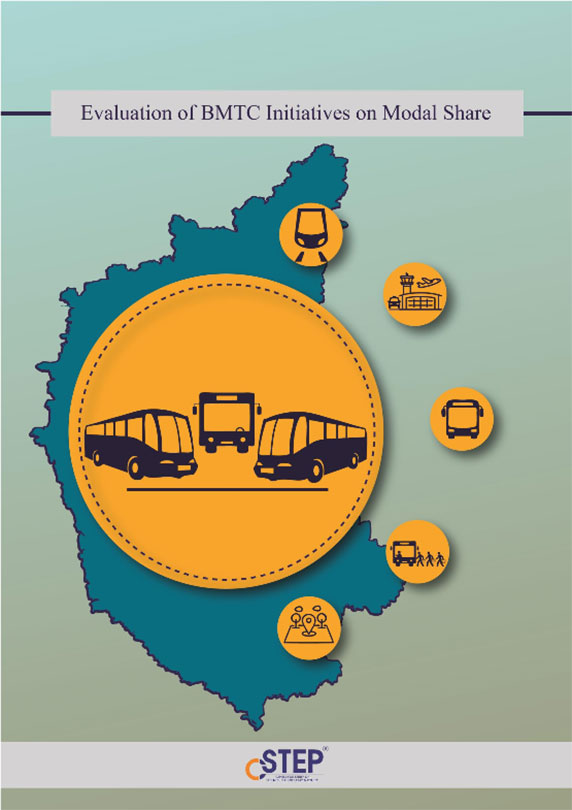
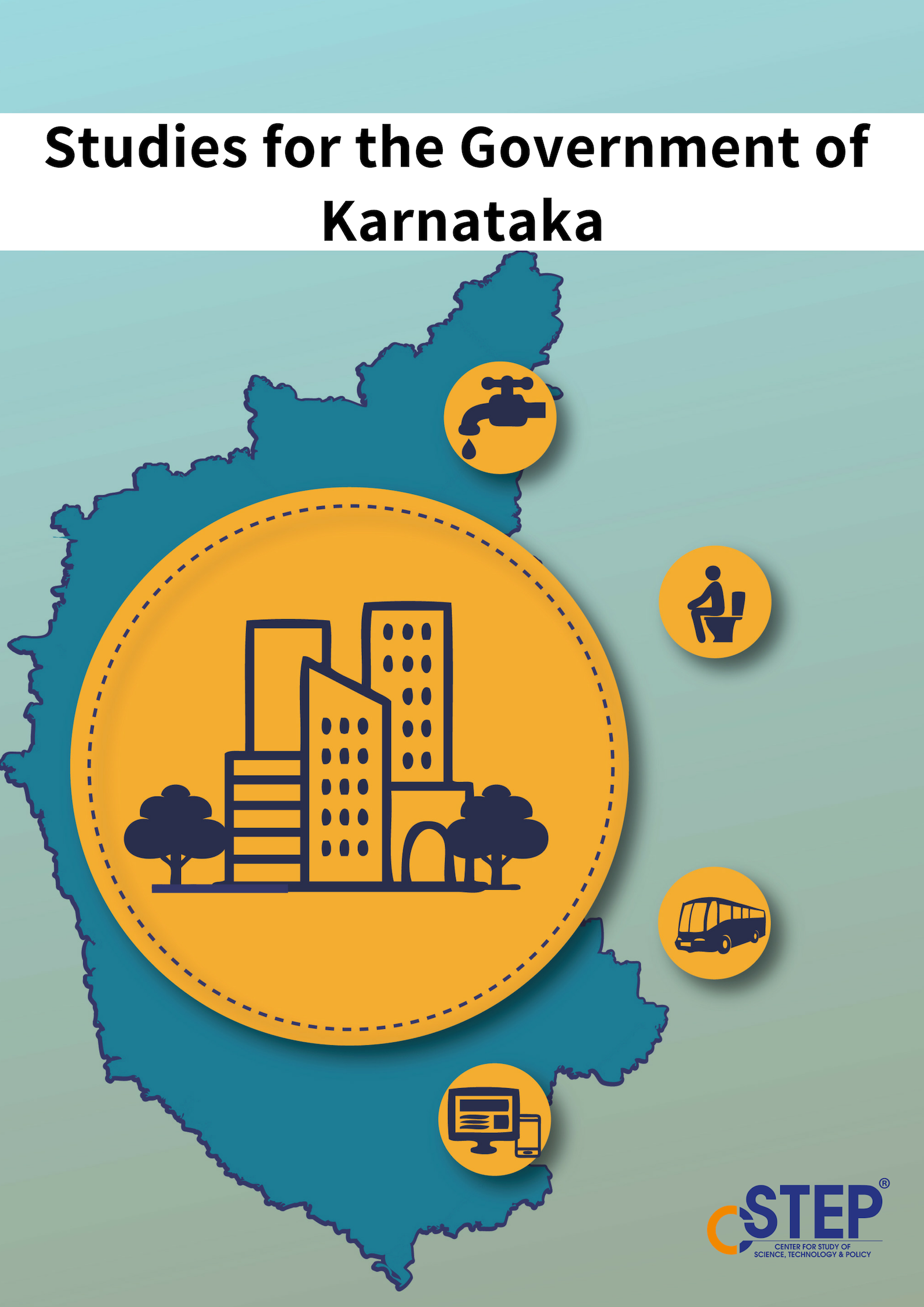

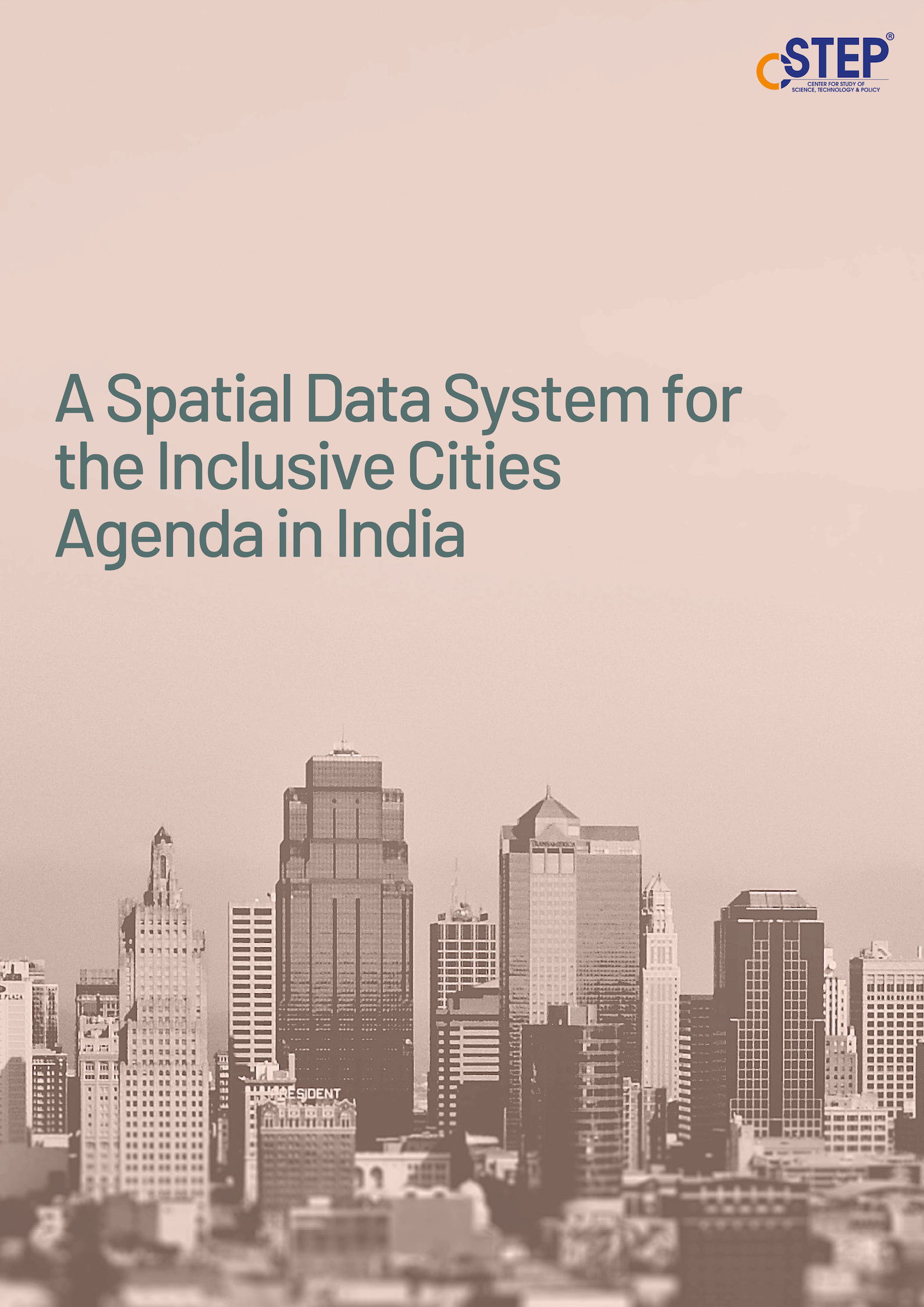
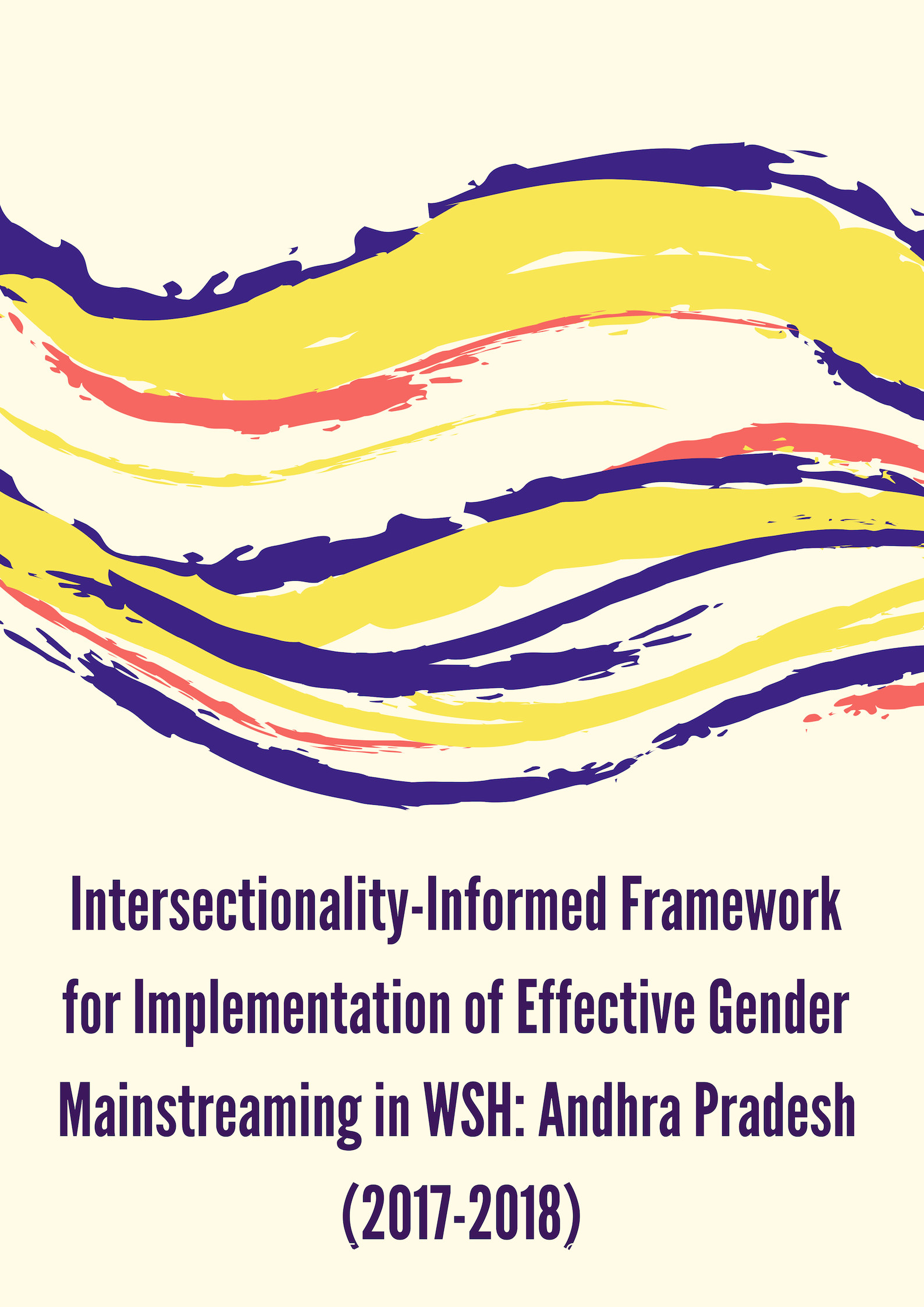
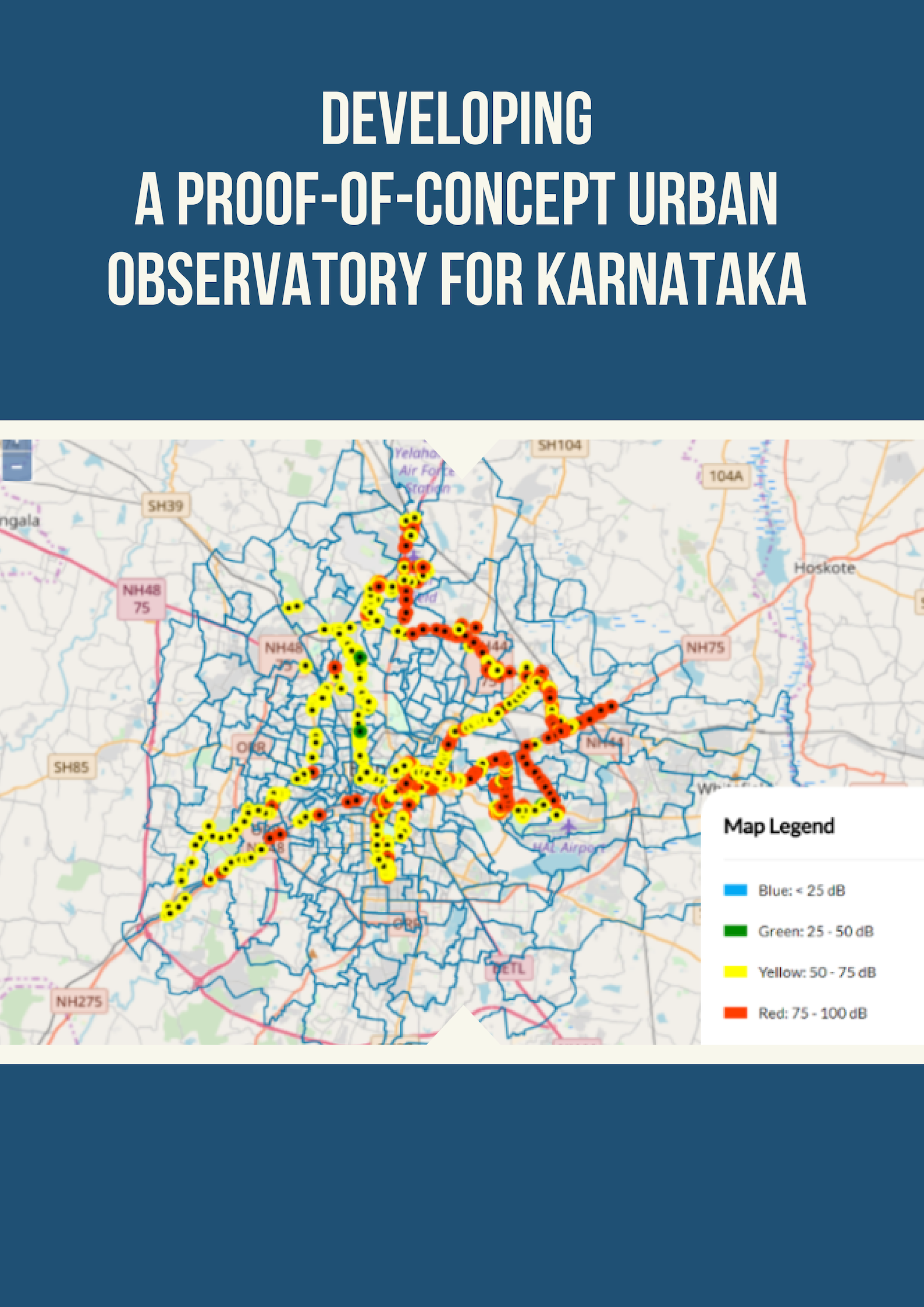
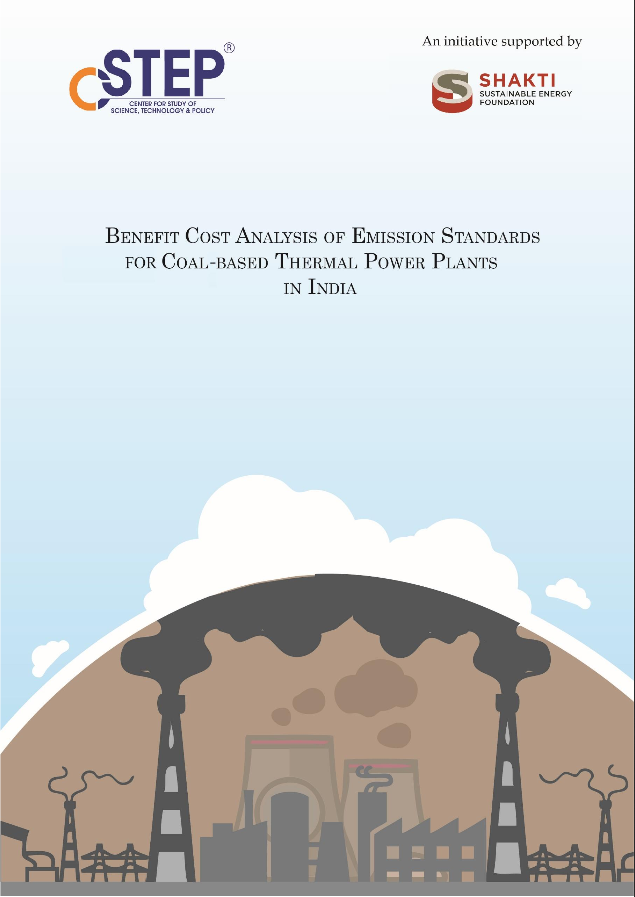


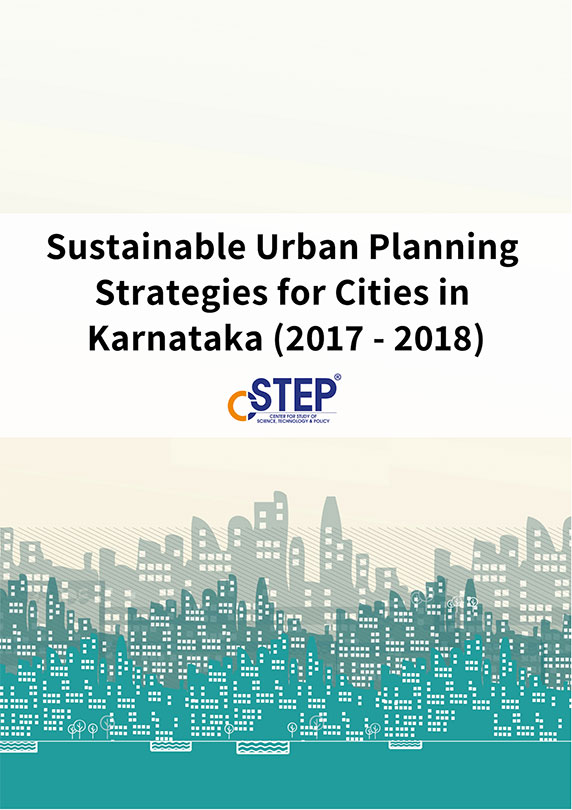



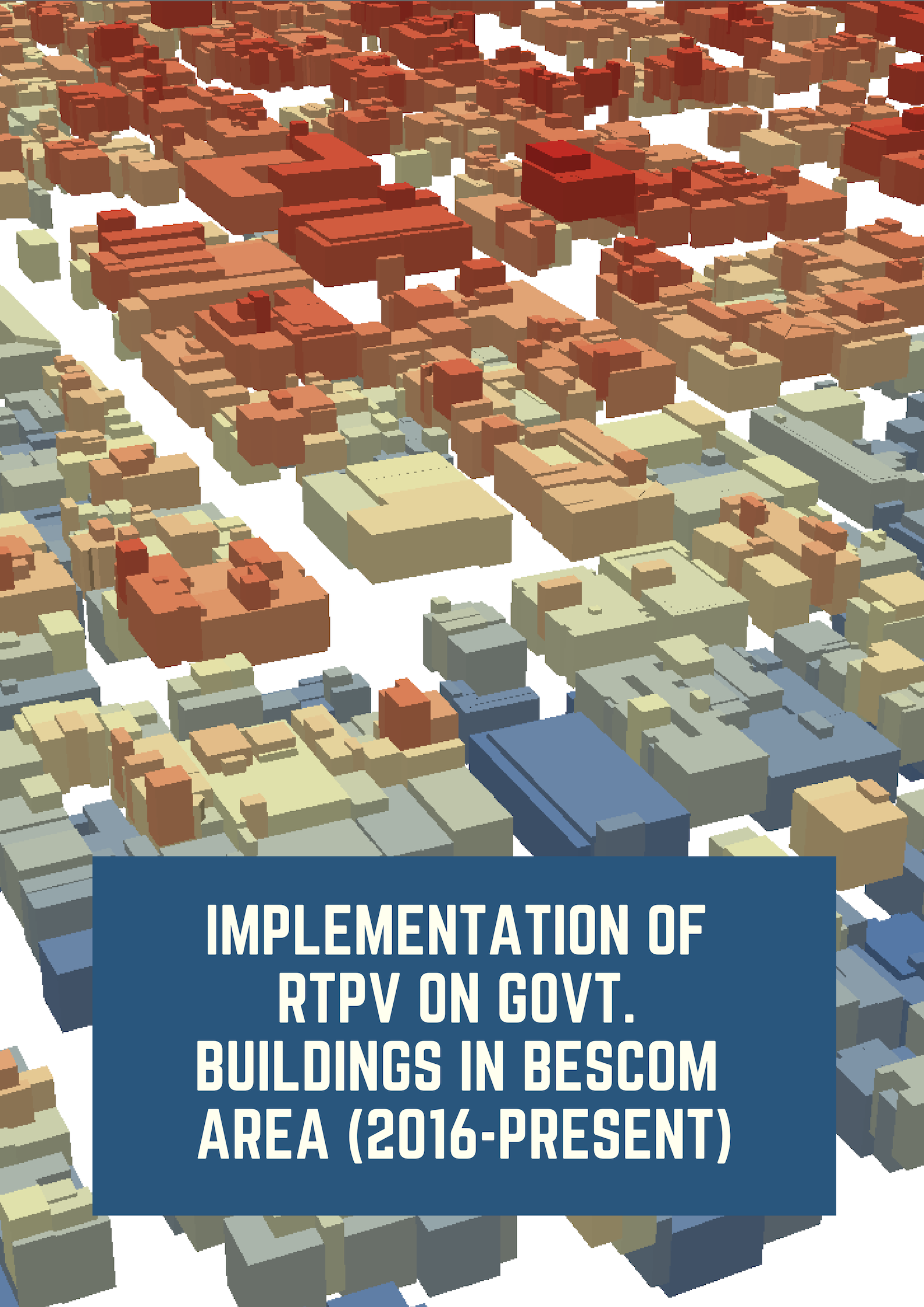
Vision: Clean Skies for Punjab
The Center for Study of Science, Technology and Policy (CSTEP) has been actively involved in finding solutions to air quality issues across India. The Centre for Air Pollution Studies (CAPS) at CSTEP is currently conducting a long-term study in Punjab to identify air pollution challenges and devise sectoral strategies for reducing air pollution in the state. CAPS is carrying out hybrid measurements and policy analysis for providing solutions to air pollution arising from stubble burning, industries, and transportation.
Global Warming at Doorstep, We Need Planning with Climate Lens
Karnataka experienced floods this year - the fourth consecutive year since 2018. In the past decade, Karnataka has also experienced drought conditions.
Satellite-Based Mapping of PM2.5 for Kanpur
Regulatory air pollution monitoring in India is mostly limited to urban areas. Without a dense network of monitors, it is difficult to capture the fine spatial variations of PM2.5, one of the major pollutants with severe implications for human health.
Using satellite-based products to estimate PM2.5 can help generate high-resolution gridded spatial maps at a significantly lower cost. These spatial maps can be useful for policymakers, urban planners and developers, and health researchers. They can also be instrumental in guiding clean air action plan for the city.
Satellite-Based Mapping of PM2.5 for Delhi-NCR
Regulatory air pollution monitoring in India is mostly limited to urban areas. Without a dense network of monitors, it is difficult to capture the fine spatial variations of PM2.5, one of the major pollutants with severe implications for human health.
Using satellite-based products to estimate PM2.5 can help generate high-resolution gridded spatial maps at a significantly lower cost. These spatial maps can be useful for policymakers, urban planners and developers, and health researchers. They can also be instrumental in guiding clean air action plan for the city.
Satellite-Based Mapping of PM2.5 for Bengaluru
Regulatory air pollution monitoring in India is mostly limited to urban areas. Without a dense network of monitors, it is difficult to capture the fine spatial variations of PM2.5, one of the major pollutants with severe implications for human health.
Using satellite-based products to estimate PM2.5 can help generate high-resolution gridded spatial maps at a significantly lower cost. These spatial maps can be useful for policymakers, urban planners and developers, and health researchers. They can also be instrumental in guiding clean air action plan for the city.
Characteristics and Health Risk Assessment of Fine Particulate Matter and Surface Ozone: Results from Bengaluru, India
Urban air pollution is a complex problem, which requires a multi-pronged approach to understand its dynamics. In the current study, various aspects of air pollution over Bengaluru city were studied utilizing simultaneous reference-grade measurements (during the period July 2019 to June 2020) of fine particulate matter mass concentration (PM2.5), aerosol black carbon mass concentrations (BC), and surface ozone (O3) concentrations. The study period mean PM2.5, BC, and O3 were observed to be 26.8±11.5 µg m−3, 5.6±2.8 µg m−3, and 25.5±12.4 ppb, respectively.
Post-pandemic Recovery Through Landscape Restoration
Land degradation as one of the mega drivers of loss of biodiversity and ecosystem services has affected billions globally, resulting in rampant loss of livelihoods and accelerated distress migration. India, one of the land degradation hotspots in Asia, has also been reeling under the impacts of the ongoing climate and pandemic crises, which have seriously imperiled local livelihoods and human well-being.
District-Level Changes in Climate: Historical Climate and Climate Change Projections for the Eastern States of India
The impacts of climate variability, climate change, and extreme events are visible globally and in India. The Global Climate Risk Index 2021 ranks India seventh, considering the extent to which India has been affected by the impacts of weather-related loss events (storms, floods, heatwaves, etc.). The index signals that repercussions of escalating climate change are exacerbating and can no longer be ignored.
Win-win Transportation Strategies for India: Linking Air Pollution and Climate Mitigation
This article analyzes road transport in India to explore linkages between air pollution and climate change policies in the transportation sector. Five teams modeled five policy scenarios – fuel efficiency, electrification, alternative fuels, modal shifts, and moderation in transport demand – to explore which policy brings the largest synergetic effects in reducing carbon dioxide (CO2) and particulate matter (PM2.5) emissions. The teams also modeled the comprehensive scenario which included policy measures from individual scenarios.
